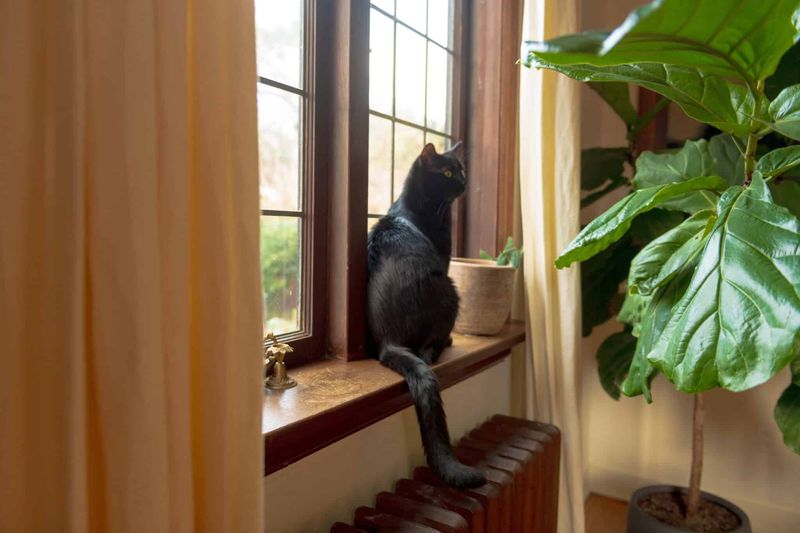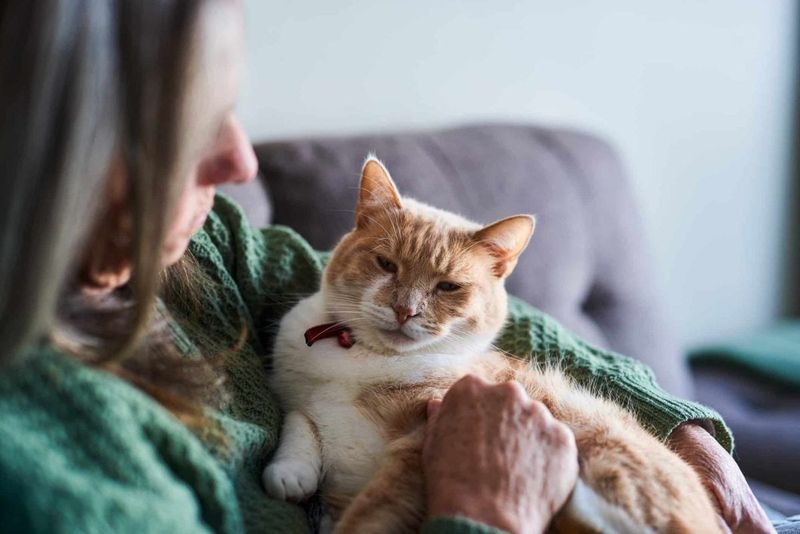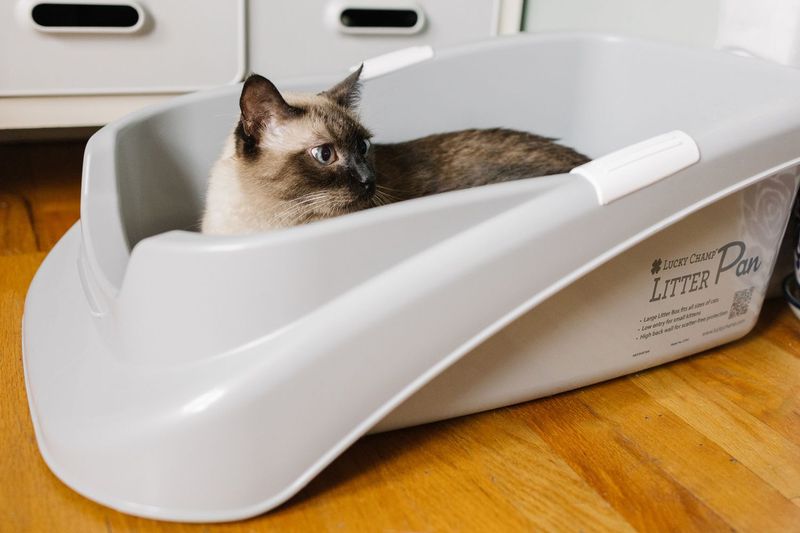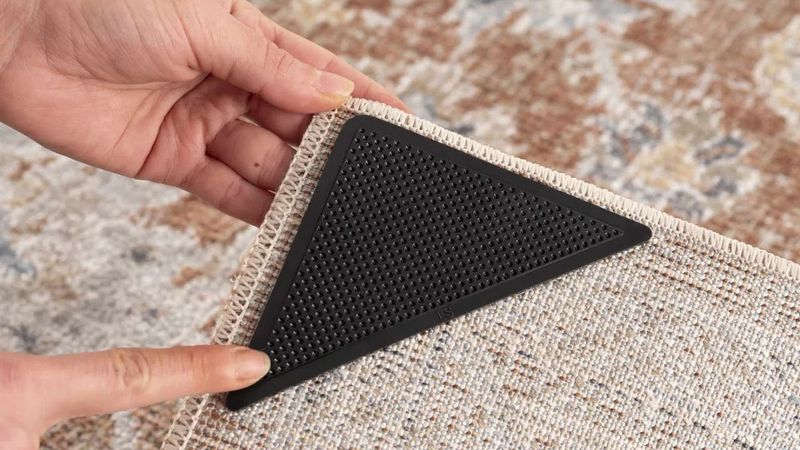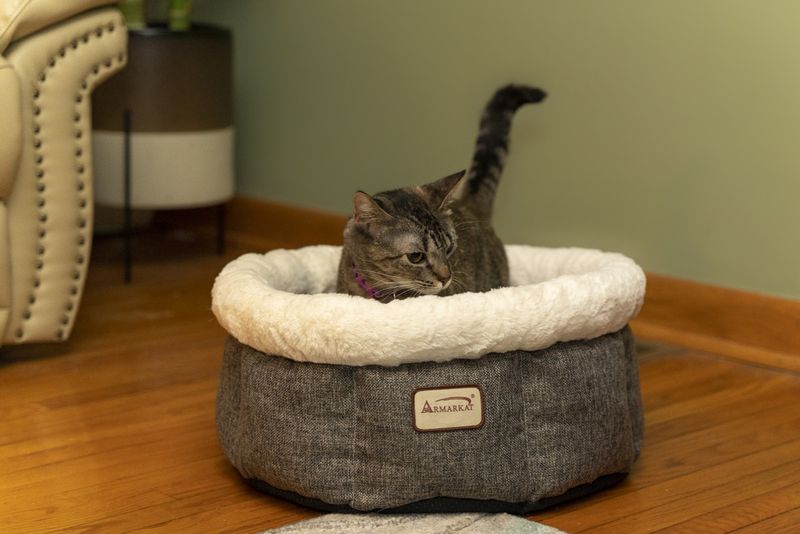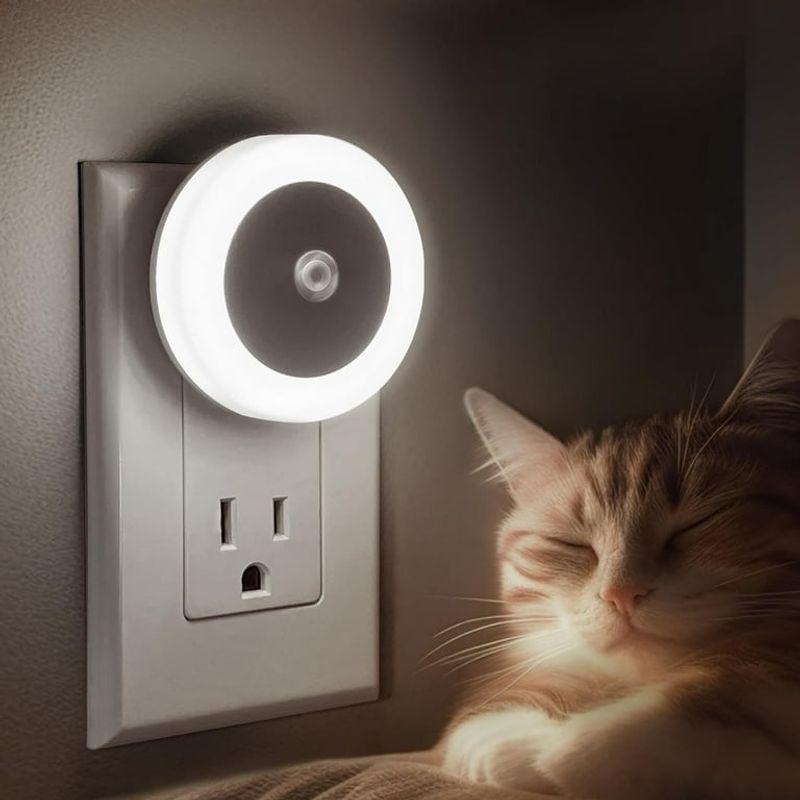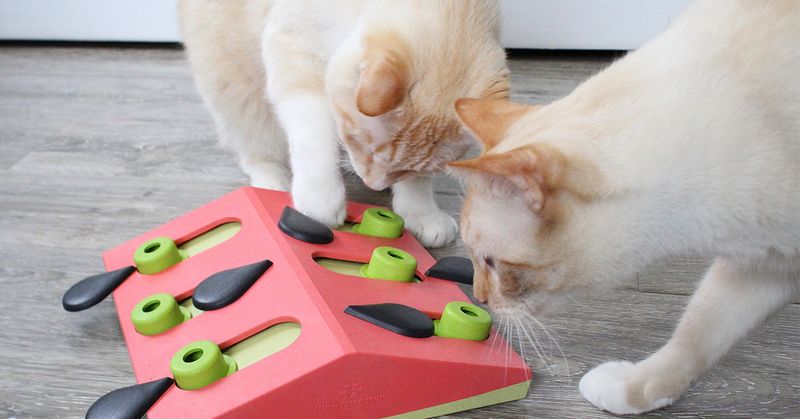📖 Table of Content:
Aging brings inevitable changes, not only for humans but also for our beloved feline companions. As your cat enters their senior years—typically around the age of 11—they may begin to show signs of slowing down, such as less agility, decreased vision, and increased need for rest. These changes call for some thoughtful modifications in your home to support their health, comfort, and overall happiness.
Cats are famously creatures of habit, so adapting their environment requires a gentle and mindful approach. By tuning in to their shifting physical and emotional needs, you can create a space that promotes safety, independence, and well-being. The good news is that many of these adaptations are simple and inexpensive, yet they can dramatically improve your senior cat’s quality of life.
This guide outlines seven smart, practical tips that will help you reimagine your home through the eyes of your aging cat. From ergonomic adjustments to sensory enhancements, each tip is designed to help your feline friend navigate their golden years with dignity and ease. Whether your cat is already showing signs of aging or you’re planning ahead, these suggestions are a great place to start.
1. Create Easy Access to Favorite Spots
Elevated surfaces have long been a source of comfort and curiosity for cats, but senior felines often lose the mobility needed to reach them. Rather than watching them struggle or abandon these cherished spots, install pet stairs or ramps next to beds, windowsills, or couches. These aids should be sturdy, carpeted for grip, and angled gently to prevent strain. Position them where your cat already likes to hang out—consistency is key for their comfort. If you’re crafty, DIY ramps using foam and non-slip fabric are great cost-effective alternatives. Encouraging safe climbing helps maintain both muscle tone and mental stimulation. Your cat shouldn’t have to give up their favorite view just because their legs aren’t what they used to be.
2. Place Essentials on One Level
When your cat has to trek up or down stairs to reach food, water, or the litter box, it can become a daunting or painful task in their later years. Ensure these vital resources are available on the main level of your home, ideally in a quiet, easy-to-reach location. For multi-story homes, consider duplicating key items so your cat has access no matter where they rest. This reduces stress and supports hydration and hygiene, especially for cats with kidney or bladder issues. Don’t forget to also position things like scratching posts and toys nearby to encourage movement. Keeping your cat’s needs within reach shows attentiveness to their slowing pace. Their routine should feel as smooth and seamless as possible.
3. Use Low-Entry Litter Boxes
Navigating a high-sided litter box can be challenging—and even painful—for senior cats with joint or back issues. Choose a box with low entry points (about 2–3 inches high) to ease access and reduce accidents. Consider placing a washable mat beneath it to catch any stray litter and provide stable footing. If your cat has limited mobility, an uncovered box is usually preferable for easier entry. Cleaning it frequently is also crucial, as senior cats may develop increased sensitivity to smells or become pickier about hygiene. Any sudden aversion to using the litter box could be related to discomfort, not misbehavior. Making this daily task easier helps your cat maintain independence and dignity.
4. Add Non-Slip Rugs or Mats
Smooth hardwood or tile floors may look nice, but they can pose a serious risk to an aging cat. Strategically placing non-slip rugs, foam tiles, or rubber-backed mats in high-traffic areas helps prevent slips and offers your cat extra confidence as they walk. Entryways, feeding zones, and near beds or couches are all smart places to add traction. If your cat has arthritis, these surfaces provide necessary cushioning and reduce pressure on the joints. Look for materials that are easy to clean and low-pile so claws don’t get snagged. These small touches can go a long way in preventing injury and anxiety. Comfort starts at ground level—literally.
5. Provide Cozy, Supportive Bedding
Warmth and softness become increasingly important as cats age, particularly for those with arthritis or thinner bodies. Offering orthopedic or memory foam pet beds can significantly ease joint pressure and improve rest quality. Opt for low-profile designs so your cat can easily step into them without needing to jump or climb. Position beds in areas your cat already enjoys, preferably quiet and away from foot traffic or drafts. Heated beds or self-warming pads can also be a great addition in colder climates or during winter months. Clean bedding regularly to minimize allergens and odors that might irritate older, sensitive cats. When your cat sleeps soundly, they heal and thrive.
6. Improve Visibility and Night Safety
Dimming eyesight is a common part of feline aging, and it can lead to disorientation—especially at night. Installing small nightlights in hallways, staircases, and near litter areas can help your cat move confidently after dark. Avoid rearranging furniture, as familiar spatial memory becomes increasingly important when vision declines. If your home has obstacles or clutter on the floor, clear them to create an intuitive path. Some cats may also benefit from contrasting color mats or visual markers to highlight key areas. By removing visual stressors, you allow your cat to continue exploring with assurance. Aging shouldn’t mean isolation in the dark.
7. Stimulate Gently, but Regularly
Mental and physical stimulation is just as important in senior years as it is in kittenhood, albeit in gentler forms. Rotate soft toys, puzzle feeders, or safe scent-based enrichment like catnip or silvervine to keep your cat’s curiosity alive. Even slow, calm play sessions with a feather wand can work wonders for mood and mobility. Try creating mini exploration zones with soft tunnels or paper bags, and let your cat engage at their own pace. Daily engagement can help delay cognitive decline and reduce anxiety or boredom. Interaction doesn’t have to be high energy—it just has to be consistent. A few moments of mindful fun each day go a long way.

